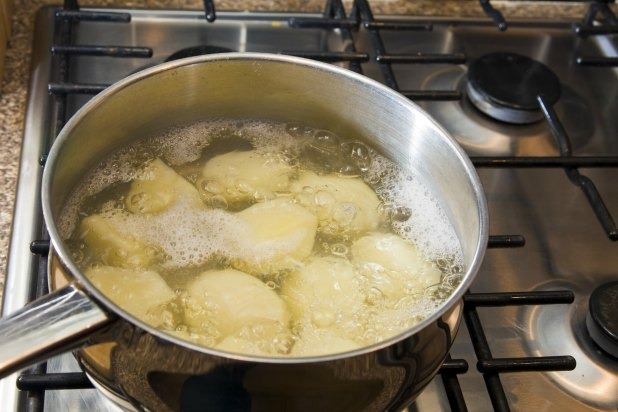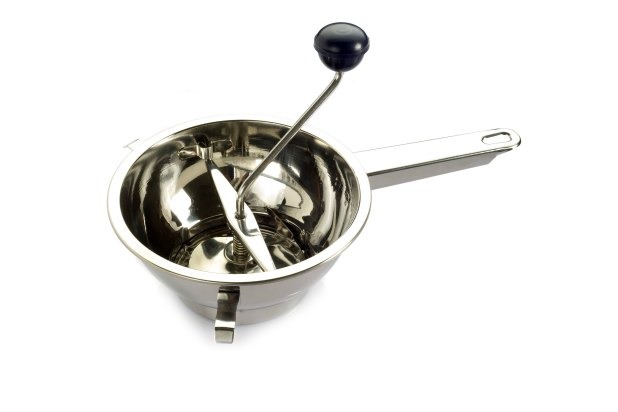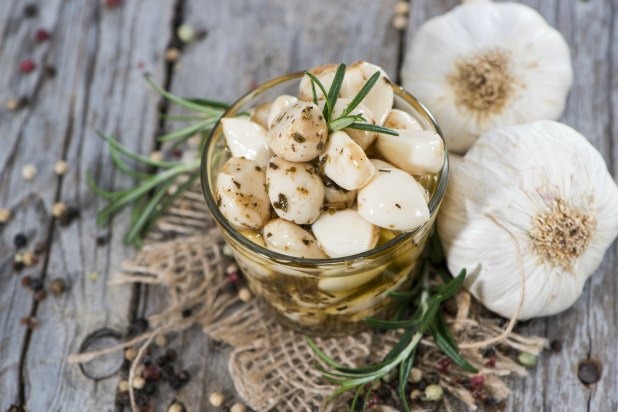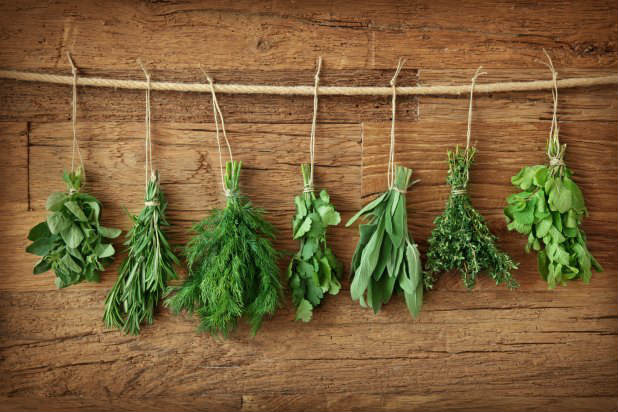Expert Tips For Making Mashed Potatoes
The type of potato you choose has a significant impact on the texture of your finished mashed potatoes. The cells in waxier potatoes like Yukon Gold don't separate as easily as those in other types of potatoes, so they result in a creamier consistency when mashed. Other good mashing potatoes include French Fingerling, Red Jacket, and new potatoes.
Rinse your Potatoes
When you're peeling and slicing potatoes, be sure to cut them into equally sized pieces (so that they'll cook evenly) and rinse them under cold running water to wash away any excess starch before you boil them. If you choose to boil the potatoes whole, simply peel and rinse.
Control the Temperature
Most of us probably don't use a thermometer to measure the temperature of our cooking water, but if you have one, use it. Keeping your potato-cooking water at (or around) 160 degrees will help control the amount starchiness of the finished dish.
Mash Immediately
If you let your potatoes cool too between cooking and mashing, you'll rupture more of the cells during the mashing process. For the creamiest potatoes, mash them as soon as they're done cooking and drained.
Mash with Care
Ironically, the more you mash the cooked potatoes, the less creamy they will become (because you will rupture more of the starchy cells). If you have a ricer or food mill, this is a great time to use it; a hand masher has a tendency to contribute to over-mashing, especially if you are looking to eliminate all lumpiness in your mashed potatoes.
Add Some Garlic
Adding garlic to your mashed potatoes is an easy way to enhance the flavor. If you roast the garlic first, you can bring out the aromatic's natural sweetness. Click here for our Roasted Garlic Mashed Potatoes recipe.
Add Some Herbs
Fresh or dried herbs can transform the flavor of plain mashed potatoes. If you're serving mashed potatoes during the holidays, try adding some finely chopped sage; it is warm and fragrant. Click here for our Butternut-Sage Mashed Potatoes recipe.

